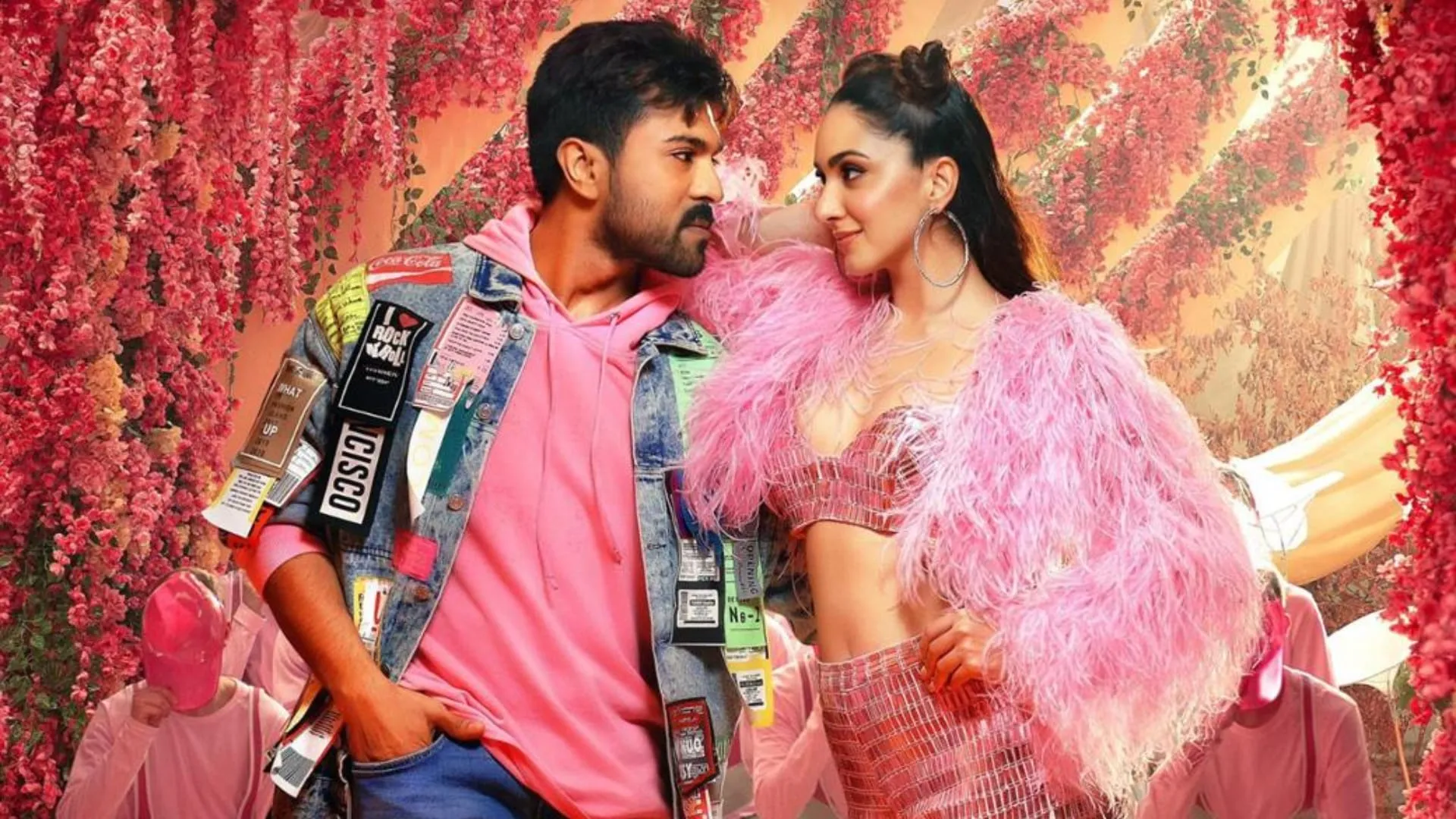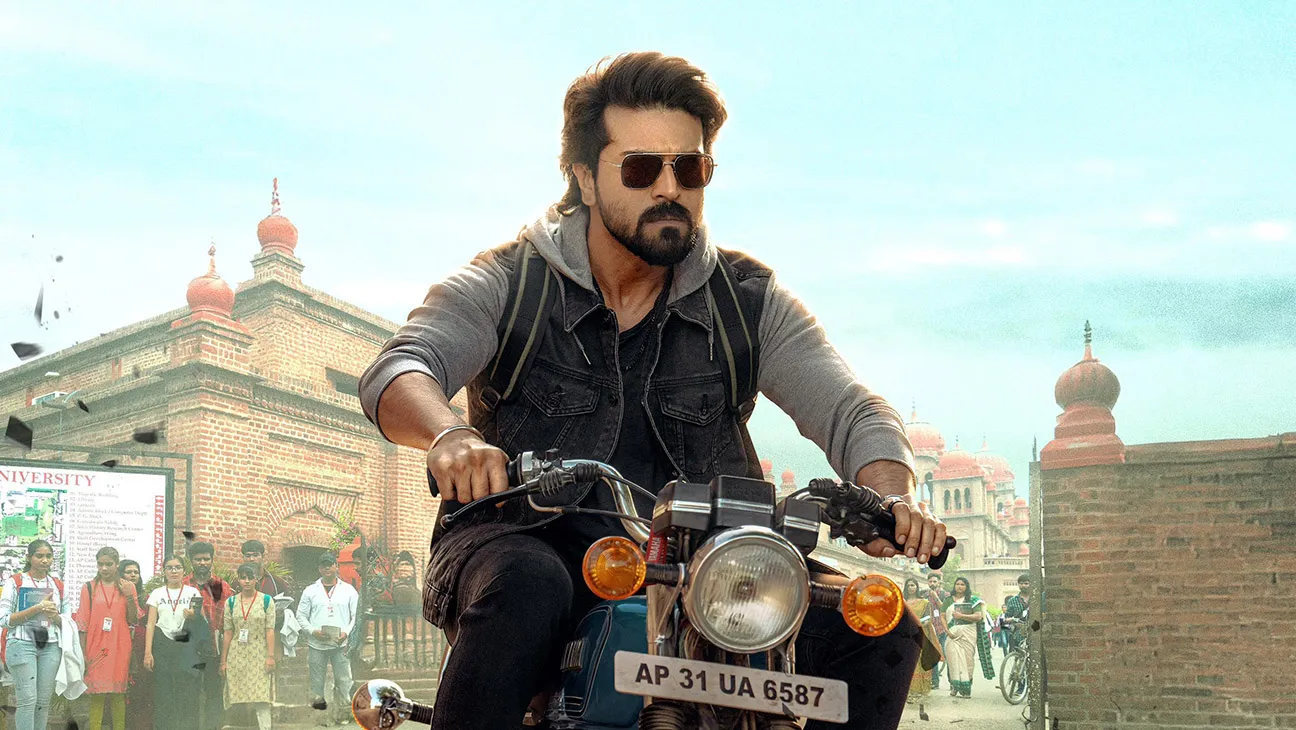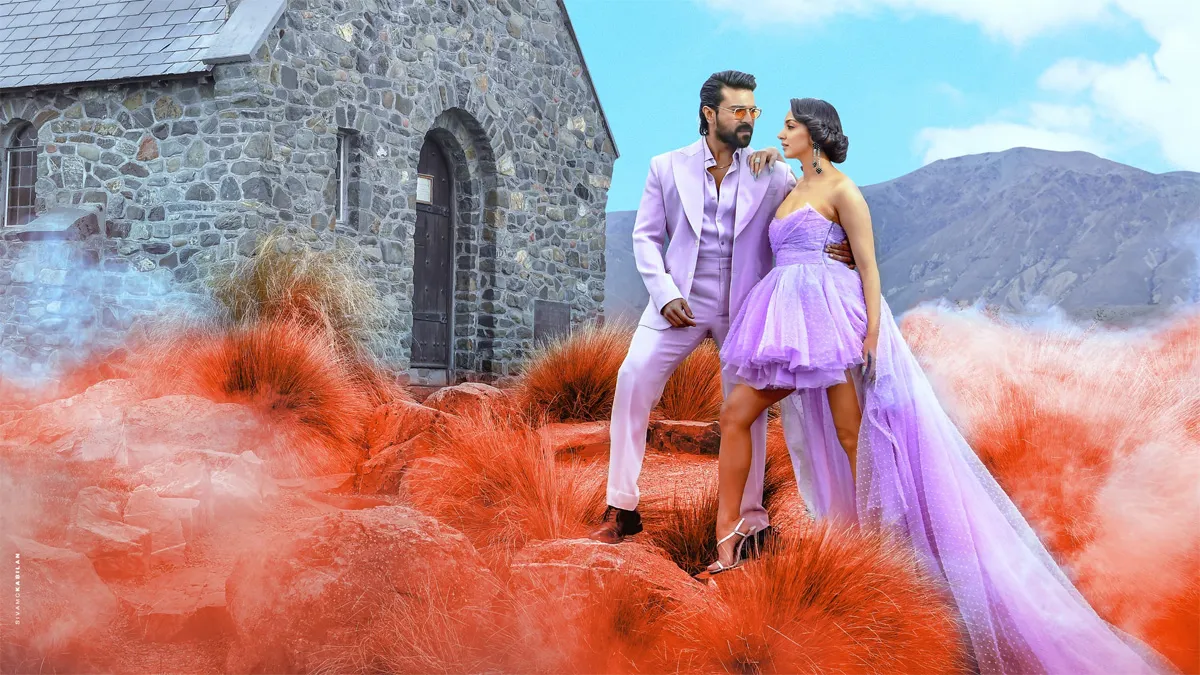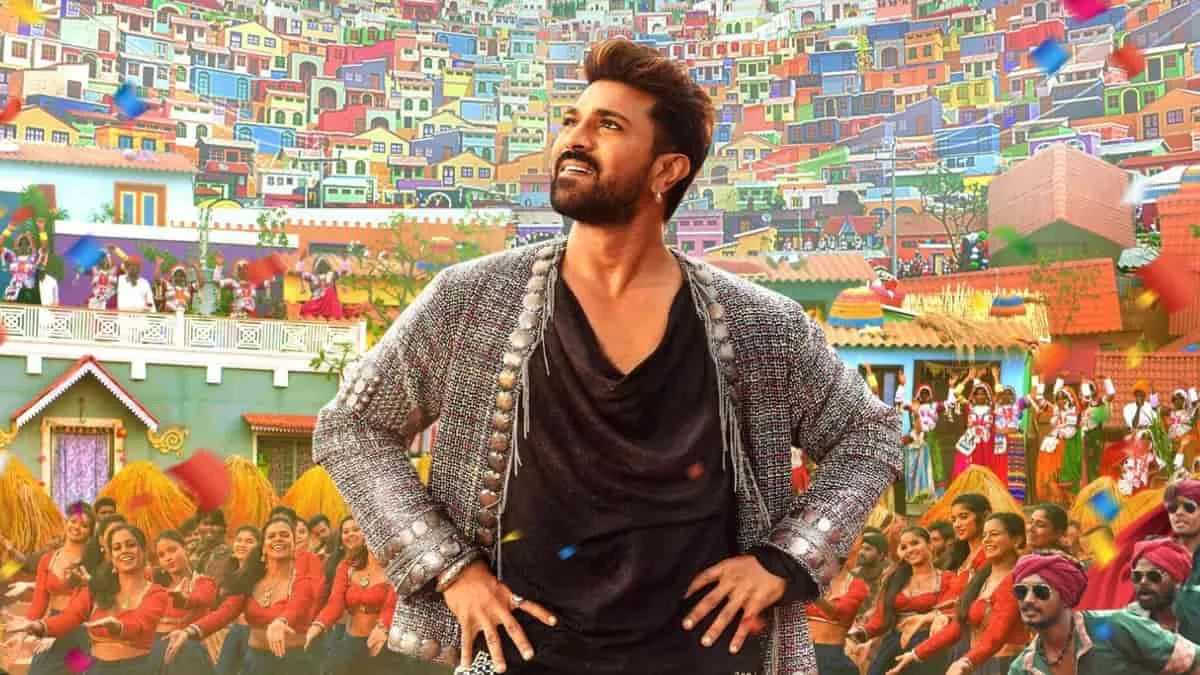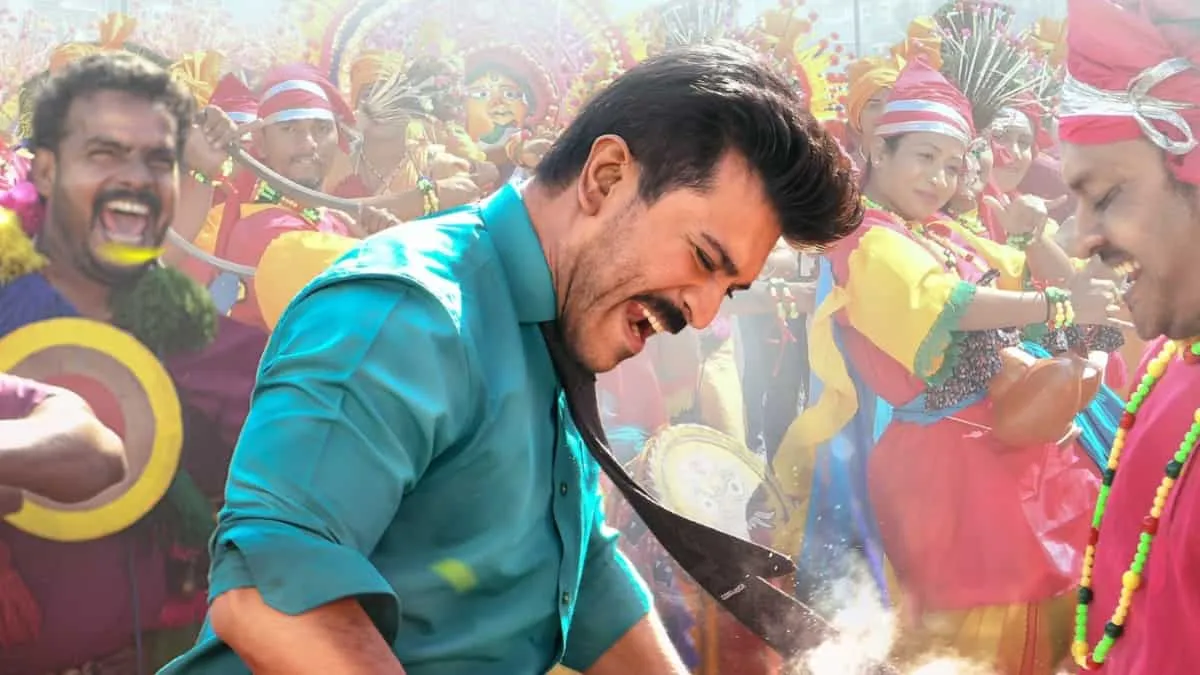Shankar’s first Telugu-language film stands as a 165-minute narrative exploring corruption and systemic challenges. Ram Nandan (Ram Charan), an idealistic IAS officer, confronts a powerful political dynasty through intense storytelling that merges action sequences with dramatic moments and musical performances.
Shankar’s cinematic approach reveals intricate storytelling techniques, drawing connections with earlier works like Mudhalvan and Indian. The narrative shifts between different time periods, examining themes of personal integrity and social transformation.
The film presents political landscapes through energetic visual storytelling. Cinematographic techniques capture complex scenarios with striking imagery. Ram Charan delivers a compelling performance that anchors the screenplay’s dramatic elements.
Musical segments and action choreography provide engaging visual experiences. While the film wrestles with significant social themes, its execution sometimes struggles with narrative coherence and pacing.
The movie represents an exploration of institutional challenges through a dramatic lens, offering viewers a provocative glimpse into systemic dynamics within political structures.
A Tale of Corruption and Redemption: Plot and Themes in Game Changer
Ram Nandan (Ram Charan), an idealistic IAS officer, confronts the corrupt political dynasty of Bobbili Mopidevi (SJ Suryah) in Andhra Pradesh. The narrative centers on Ram’s mission to clean the state’s administration, challenging Mopidevi’s aggressive pursuits.
A parallel storyline explores Ram’s father, Appanna (also played by Ram Charan), a principled village leader whose principles motivate Ram’s struggle. This narrative approach intertwines personal history with a larger political conflict.
Shankar’s cinematic work examines civil service challenges, exposing the complex world of institutional corruption. The story unveils moral challenges encountered by government officials like Ram, trapped within a system plagued by manipulation and unethical practices. Family dynamics within Mopidevi’s household reveal tension between personal ambition and familial relationships.
References to Shankar’s previous work, such as Mudhalvan, create connections for long-time viewers. The film prioritizes dramatic storytelling, using spectacular elements to communicate its social critique. Ram’s fight against systemic problems reflects current societal tensions surrounding institutional credibility.
The movie presents a dramatized exploration of political idealism, using mainstream cinema as a medium to discuss serious social concerns.
Standout Performances: Charisma and Complexity in Game Changer
Ram Charan delivers a striking performance in Game Changer, skillfully portraying Ram Nandan, the passionate IAS officer, and Appanna, his stoic father. As Ram Nandan, Charan radiates energy during intense speeches and action scenes.
His depiction of Appanna, a character with a speech impairment, reveals emotional complexity. Charan communicates powerfully through subtle movements and expressions, highlighting his acting prowess. This dual role explores themes of family legacy and ethical principles.
SJ Suryah dominates the screen as Bobbili Mopidevi, the film’s vibrant villain. Suryah crafts a character blending menace with dark comedy, creating a magnetic antagonist. His scheming and sharp dialogue make Mopidevi captivating, providing dramatic contrast to Ram Nandan’s heroic stance.
Kiara Advani plays Deepika with understated elegance, though her role feels limited. Her character adds soft moments to the narrative. Anjali, portraying Parvathy (Ram’s mother), delivers a memorable performance, capturing a woman’s strength through grief and resilience.
Supporting actors like Sunil and Srikanth contribute texture to the storytelling, creating a rich cinematic experience.
Watching Game Changer evoked memories of performances by French New Wave actors, appreciating the blend of mainstream energy and emotional depth.
A Feast for the Eyes: Cinematic Style and Visuals in Game Changer
Shankar’s latest film bursts with vibrant energy, presenting a spectacular visual journey. Massive set pieces define the movie’s landscape, with musical numbers and action sequences creating a rich sensory experience.
Helicopters, drones, and sweeping shots infuse a contemporary feel, while intricate choreography and vivid costumes honor cinematic traditions.
The cinematography by S. Thirunavukkarasu pulses with kinetic movement. Rapid scene transitions and unexpected camera angles generate tension. Unconventional perspectives—such as framing a shot from within a dustbin—demonstrate creative visual storytelling. Camera movements match the film’s dynamic rhythm, generating excitement without pausing.
Action sequences emerge as the film’s core strength. High-speed chases and dramatic confrontations deliver pulse-racing moments. Unexpected weapon choices like a bulldozer during fight scenes inject surprise and energy. Despite relying on digital effects, these sequences maintain a raw, engaging quality.
The film represents a striking exploration of visual storytelling, merging traditional Indian cinema aesthetics with contemporary filmmaking techniques. Its bold approach creates an immersive experience that captivates audiences through sheer cinematic audacity.
Soundtrack and Sound Design: A Mixed Bag in Game Changer
The soundtrack of Game Changer, created by Thaman S, combines traditional and contemporary rhythms. Songs like Dhop and Raa Macha Macha feature striking visual elements, with complex dance choreography and colorful scenery that display Shankar’s artistic style.
Ram Charan shines in dynamic dance segments that emphasize his screen presence. The musical tracks provide entertainment but do not match the memorable quality of Shankar’s earlier work. When compared to classic tracks from films like Indian or Sivaji: The Boss, the music feels functional.
The background score sounds energetic yet intrusive. Thaman S’s musical choices are intense and sharp, cutting through scenes with minimal restraint.
This technique works well during action sequences, where the sound heightens dramatic tension, but becomes overwhelming in quieter emotional segments. Sound mixing appears unbalanced, with dialogue occasionally obscured by musical elements.
For those who appreciate subtle sound design in cinema, Game Changer’s audio approach might seem like a missed creative opportunity. While the soundtrack creates a sense of urgency, it prioritizes volume over emotional texture.
Pacing and Narrative Structure: A Rollercoaster Ride in Game Changer
The film struggles with narrative flow, feeling disjointed and fragmented. Scenes transition awkwardly, disrupting viewer engagement and character depth. The extended runtime of nearly three hours amplifies these structural weaknesses, creating uneven storytelling segments that alternate between sluggish and rushed sequences.
The plot struggles to establish its core narrative, wandering through initial character introductions before introducing the primary conflict. When the central story emerges, it relies on exaggerated plot points—such as election building destructions—that challenge audience credibility. The screenplay appears more interested in visual dramatics than coherent storytelling.
From a critical perspective, the film lacks the narrative precision seen in works by contemporary directors. Its visual spectacles and dramatic moments cannot compensate for fundamental storytelling gaps. While occasional compelling scenes emerge, the overall experience feels disconnected and sporadic.
Final Verdict and Audience Appeal: Does Game Changer Deliver?
Game Changer delights fans of S. Shankar and Ram Charan with its extravagant set pieces, high-energy action sequences, and colorful antagonist (played with vigor by SJ Suryah).
The interval twist provides a surprising moment that keeps viewers engaged. The film delivers entertainment through its performances and visual splendor, with Ram Charan presenting a dynamic dual role and cinematography offering rich visual experiences.
The movie presents energetic sequences and star-driven momentum. Ram Charan’s performance stands out, capturing audience attention with his screen presence. SJ Suryah’s character adds dramatic flair to the narrative, creating memorable on-screen moments.
While the film might not break new ground in storytelling, it offers solid entertainment for those seeking a vibrant cinematic experience. Viewers who appreciate spectacular visual treatments and star-powered performances will find sufficient excitement in Game Changer.
The visual composition and action choreography provide engaging sequences that maintain viewer interest. Despite potential narrative limitations, the film succeeds in delivering a watchable experience for fans of mainstream Indian cinema.
The Review
Game Changer
S. Shankar's latest film presents a cinematic experience marked by grand vision and social themes. Ram Charan delivers an engaging performance across two roles, with SJ Suryah providing intense screen presence. The movie offers visual spectacle and energetic sequences that capture audience attention. While attempting to blend entertainment with meaningful storytelling, the film struggles with structural inconsistencies and narrative flow. Viewers expecting profound narrative depth might find the experience somewhat superficial. The movie provides an enjoyable viewing experience for audiences who appreciate mainstream South Indian cinema, though it may not fully realize its ambitious premise.
PROS
- Ram Charan’s compelling dual performance.
- SJ Suryah’s over-the-top and entertaining antagonist.
CONS
- Uneven pacing and hurried transitions.
- Lack of narrative coherence and delayed plot development.
- Over-reliance on outlandish, unbelievable scenarios.
- Soundtrack and background score often overwhelm the film.









































